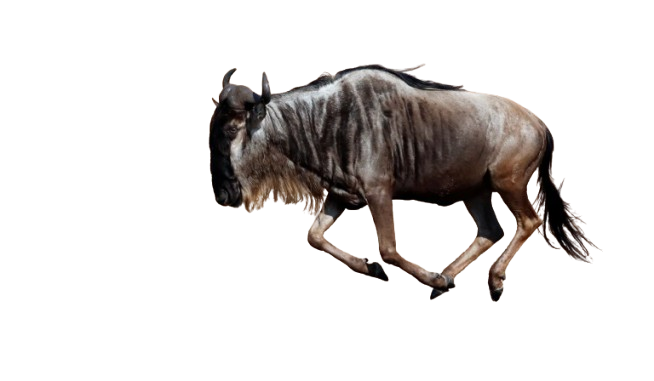What is the Big Five in Serengeti National Park?
What is the Big Five in Serengeti National Park, the phrase Serengeti Big 5 originates from early hunters’ accounts of the most formidable and perilous African animals that posed considerable challenges during hunts. The Serengeti was formerly a hunting ground for wildlife prior to its designation as a national park, resulting in the displacement of the Maasai warriors. The initial Europeans to enter the area were hunters who sought to pursue Lions, Elephants, and other huge fauna. The term “big five” of Africa was coined based on hunting experiences that identified the five animals most challenging to hunt.
The big five are abundant in Serengeti National Park, except for rhinos, which are less common and primarily located in the northern region of the park. The elusive black rhinos inhabit the park’s thickets. To locate the rhinos, one must use some of the most highly experienced driver guides, primarily from the Serengeti National Park Rangers.
Historically, the Serengeti lacked elephants in the early 19th century. The elephants were located in the nearby game reserves. Human conflicts with animals resulted in the destruction of elephant habitats, compelling elephants to migrate and seek refuge in the park, hence leading to their introduction to the area. This completed the list of the Serengeti’s Big Five, encompassing all available members. To date, the population of elephants in the park has increased significantly, making them one of the most visible creatures throughout your Serengeti safari.
The following are the renowned Big Five of Serengeti National Park:
Lions
The Serengeti national parks possess the highest population of lions, not only in Tanzania but across Africa. The lion, regarded as the sovereign of the jungle, is one of the most formidable creatures among the Serengeti Big Five. Lions are predominantly found in Seronera inside the Serengeti, where there is a significant abundance of tiny fauna.
In Serengeti National Park, tree-climbing lions have become a common phenomenon. The Ambrella Acacia and Sosage trees are located in the center Serengeti, where tree-climbing lions are observable. Tourists recently observed a pride of 11 lions resting on the branches of an acacia tree, which has since featured in wildlife movies about the Serengeti.
Lions can be observed in the kojpes, especially in the early morning while sunbathing and later in the day when resting in the shadow of the park’s numerous solitary rocks. This location has a high abundance of them due to their proficiency in hunting, prey identification, and infrequent mating occurrences.
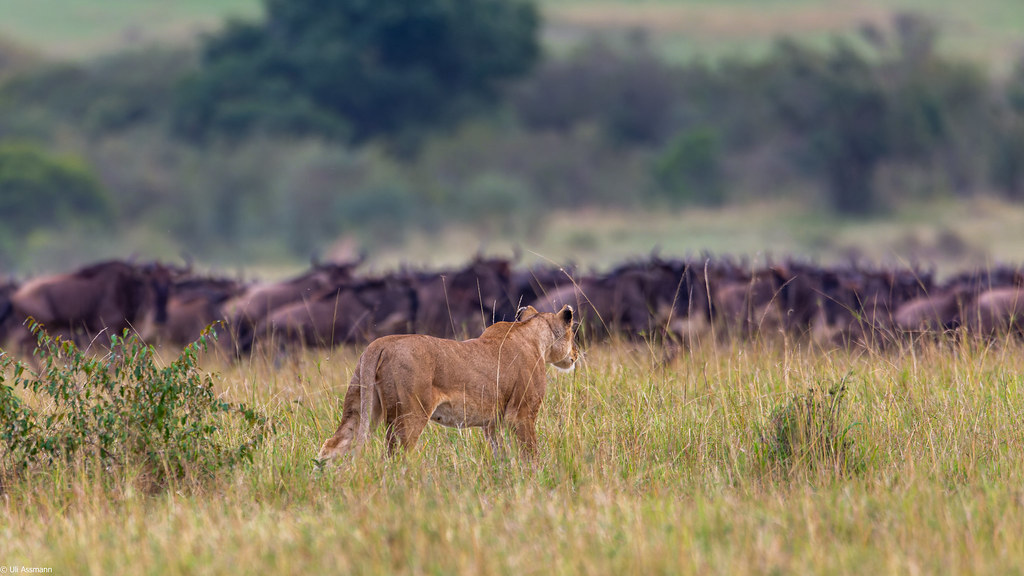
Elephants
Elephants were not observed in Serengeti National Park until approximately 30 years ago. Elephants have become one of the most prevalent members of the Serengeti Big 5, typically observed in groups ranging from two to twenty, contingent upon the season and location of the sighting. The African Elephant represents Africa’s pride; nevertheless, poaching is devastating the species. The Maasai Mara in Africa is the sole region that consistently reports a significant annual growth in elephant populations.
African elephants in Serengeti National Park are substantial in size and are predominantly found in the marshy areas surrounding the Seronera River, with a significant population concentrated at Turner 4 and Turner 2 as one approaches the study area. Early morning wildlife drives provide an excellent opportunity to encounter enormous herds of elephants. These giants prefer to be active during the cooler hours of the day and are typically spotted in swampy areas in the afternoon to cool off. The children like dousing themselves with water while interacting with the elders.
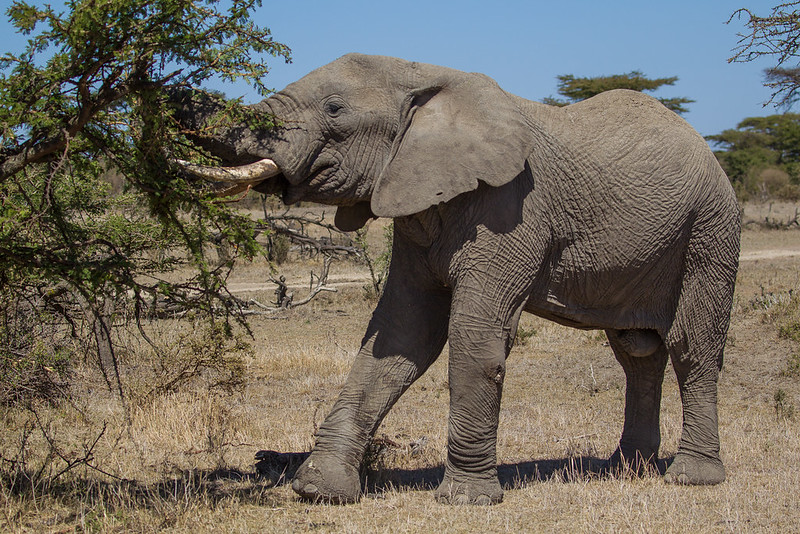
Leopards
One of the Serengeti Big Five that is most challenging to observe, while also among the most prevalent.
In Swahili, it is referred to as “Chii,” and every driver guide throughout the game drive consistently inquires with their colleagues about the sighting of Chii. Leopards are prevalent in the Serengeti; yet, locating them necessitates acute observation, extensive experience, and heightened sensitivity. Indeed, lacking binoculars may render it challenging or even unfeasible to detect these animals; when situated in trees, they exhibit effective concealment, and while on the ground, they can traverse with the subtlety of grass, particularly during a hunt.
Experienced driver guides utilize many natural indicators, such as birds, particularly the Guineafowl, which vocalizes upon detecting predators; Vultures, which await remnants from predatory activities; and Hyenas, known for scavenging remains from leopards’ kills.

Buffalos
The Maasai refer to it as the wild bull, and it is the most prevalent among the Serengeti Big 5. It is observed in sizable groups of up to 100 individuals and is the most prevalent among the Serengeti Big 5. Seen throughout the park, roaming alongside other animals and accompanied by avian species such as Little and Cattle Egrets, which consume buffalo ticks.
Buffalos are the most placid of the big five; nevertheless, when they charge, they become the most perilous. Serengeti National Park is home to more than 30,000 buffalo, who are prominently visible during the rainy season when the grass is verdant throughout the park; conversely, during the dry season, they conceal themselves in marshy regions. Extensive herds of buffalo are observable in the marsh adjacent to Osupuko camp and alongside the Research Center.
The most perilous buffalo are the single bulls that have been expelled from the herd and left isolated. Motivated by self-defense, you will face an agitated bull throughout the day; most of these are vanquished bulls from the crowd, provoked by various stimuli.
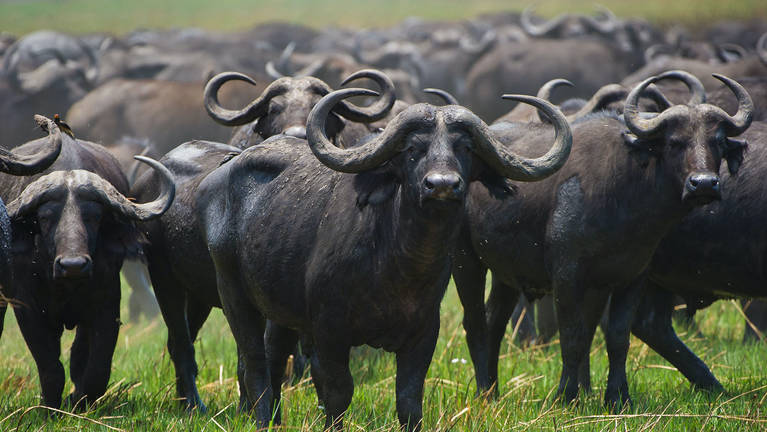
Rhinoceros
As the rarest member of the Serengeti Big 5, encountering them necessitates a degree of fortune, prompting most visitors to pair their excursion to Serengeti National Park with a trip to Ngorongoro Crater to fulfill the Big 5 checklist. Rhinoceroses in the Serengeti can be noticed in the northern region of the park adjacent to the expansive Maasai Mara National Reserve.
Rhinoceroses may be observed in groups of two to five or individually, exhibiting heightened activity during nocturnal hours and cooler sections of the day, while resting for extended durations, particularly in the dry season when solar intensity and thorn density are elevated.
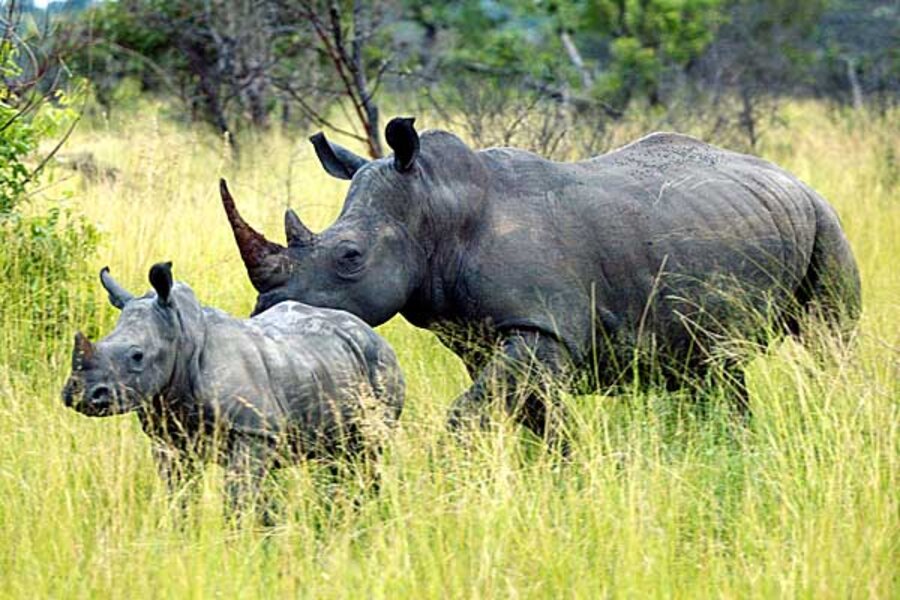
Rhinos are often observed during the wet season, coinciding with the Serengeti’s low season, as the park experiences reduced visitor traffic, enabling them to roam unimpeded. Rhinos are among the most timid animals, although they may be perilous when they charge.
The prevalence of poaching has led to a significant decline in the Rhino population across Africa, including the Serengeti. The Serengeti National Park environment offers visitors numerous opportunity to compile their own Serengeti Big 5 list, featuring over 70 mammal species and more over 500 bird species.
The park is home to both large and small fauna, prominently include wildebeests, zebras, and giraffes, with a diverse array of antelope species.
